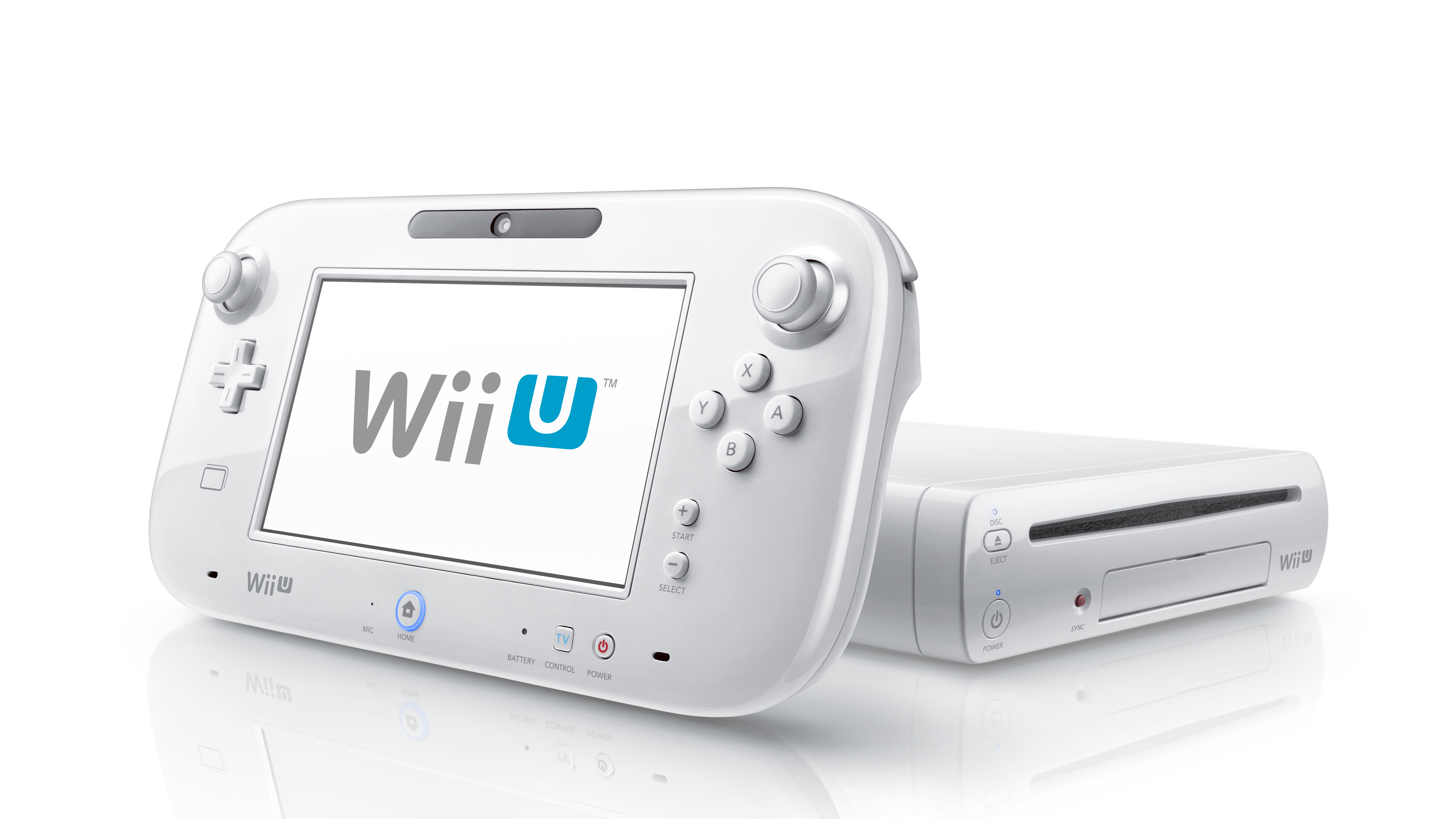Why you can trust TechRadar
The Wii U GamePad measures 10.2 inches wide, 5.3 inches tall, and is 0.9 inches deep, and weighs just over a pound. For what seems like a lap-centric device, it's actually remarkably comfortable in the hands, thanks to contoured grips on the lower back, as well as a ridge that sits between your middle and pointer fingers.
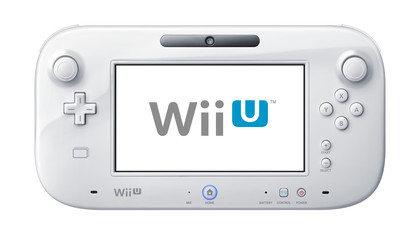
At the center of the experience is the 6.2-inch screen: a 16:9 widescreen, 854 x 480 (158 ppi) resistive touch display. Like the touch screens on the Nintendo DS and 3DS, it's a little muted in comparison to a standard screen, but at full battery-powered brightness (plugging it in provides one more level of brightness), it provides a clear image that is only occasionally pixelated in parts.
The screen will only recognize a single input, but like the DS and 3DS, it's equally useable with your finger or a stylus, which is conveniently stored on the top, to the left of the right shoulder button. Holding and dragging can be an occasional issue in both games and the web browser, though.
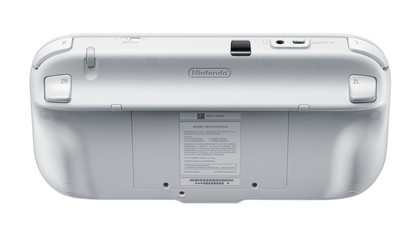
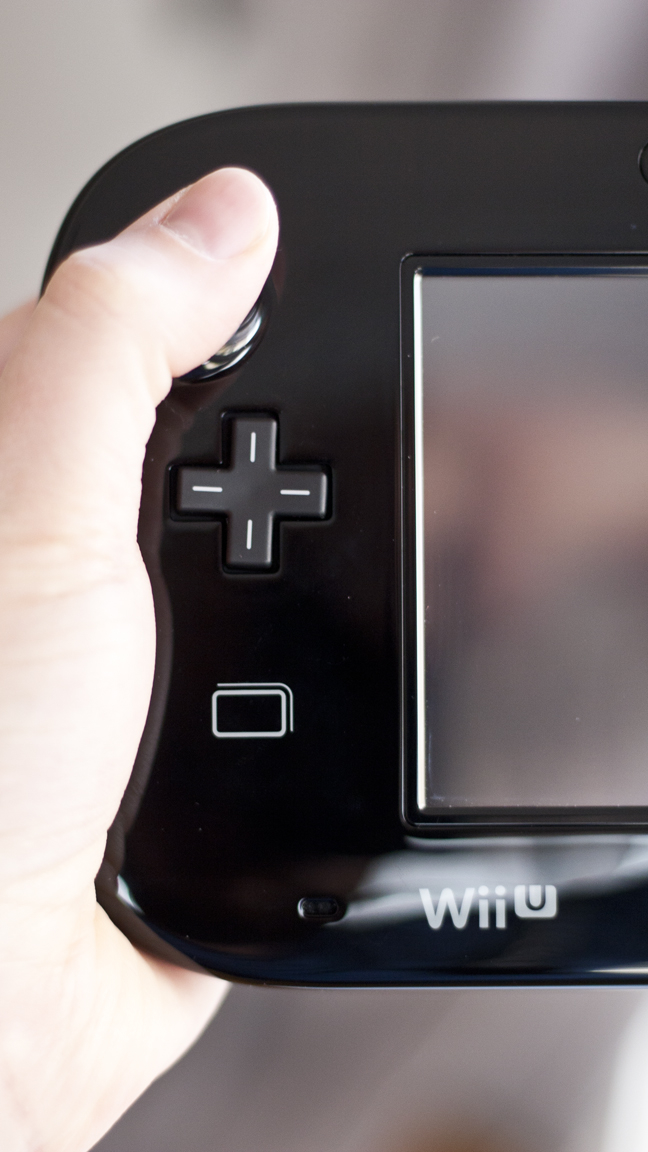
The GamePad takes a kitchen sink approach to input devices, giving developers a wide array of options for games. Traditional games can use the dual analog sticks and face/shoulder/trigger buttons. Motion games have the accelerometer and gyroscope, while the camera can be used for video conferencing or augmented reality games. An NFC sensor is included (but not currently used by any games) below the D-pad, plus there's an infrared sensor on the top.
The button layout does take some getting used to, though, especially for those used to controllers from other modern platforms. Having the sticks aligned and so far apart makes it an arrangement unlike that of any other input device. Fans of action games ported from other systems may prefer the Wii U Pro Controller, though the altered button layout can prove challenging to adjust to.
Many games, including New Super Mario Bros. U and Madden NFL 13, can be played entirely with the GamePad, letting you turn off your television or cede control of that larger screen to a family member for other purposes. With a large display and both external and headphone-enabled sound options, it's almost like a handheld game system, though the lower-resolution screen is a compromise you'll have to make for the sake of portability.
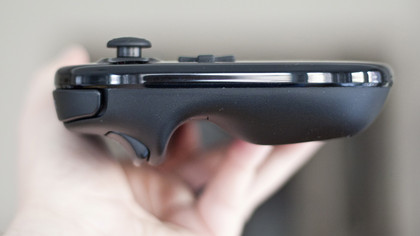
However, range is an issue. The GamePad reportedly works up to 25 feet away from the console, but walls and other sources of interference may well interfere. In the home office we tested in, with the system nestled between bookshelves, the GamePad worked perfectly from several feet away. Taking a few steps outside the door, it quickly lost its connection.
We moved the console to a much larger living room setting, with the Wii U standing free from boxed-in furniture, and tried again with better results. The GamePad then worked through one wall, allowing us to walk about 15 feet away from the console, but moving past a second wall killed the link. Others have reported significantly longer distances, though, so your mileage will likely vary here based on your surroundings and interference from other devices.
The GamePad is wireless, but the rechargeable (and replaceable) Lithium Ion battery doesn't last for long. Nintendo claims that it'll give you 3-5 hours of play on a full charge (which takes about 2.5 hours to accumulate), but with the brightness on max – which we found essential for getting the best-quality play experience – we struggled to push past that three-hour mark.
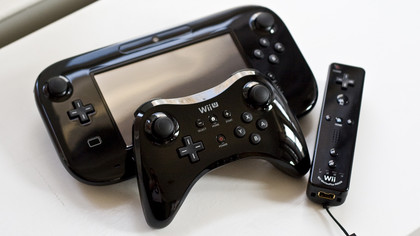
That's a big problem. Traditional rechargeable controllers usually notch a dozen or more hours per charge, making them ideal for lengthy play sessions and party scenarios, but the Wii U GamePad won't go the distance. While the GamePad can be used while it's plugged into the wall, there's currently no way to charge it through the system during gameplay via USB, akin to the Xbox 360's Play & Charge Kit.
It's an odd omission, seeing as the Wii U Pro Controller (sold separately from the console) does come with a USB charging cable, though it doesn't plug into the GamePad. Then again, the Pro Controller won't accommodate a headset jack for the multiplayer games it's designed for (you'll have to plug it into the GamePad), so both neither controller feels fully thought out.
